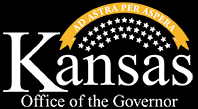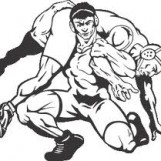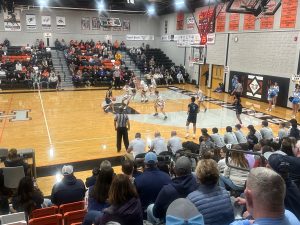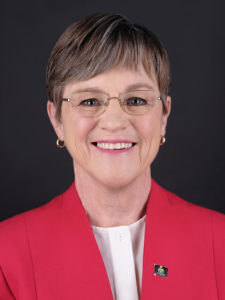Kansas board recommends ending Native American mascots
By MARGARET STAFFORD Associated Press
The Kansas State Board of Education on Thursday recommended that the state’s public school districts eliminate Native American mascots and branding to reduce their harmful impacts on students.
The board approved a motion making a “strong recommendation” that Kansas public K-12 nontribal schools retire Native American-themed mascots and branding as soon as possible but within the next three to five years at the latest.
Supporters stressed the board’s action was only a recommendation and the final decision on mascots was left to local school boards, adding the decision would not impact districts’ accreditation. They said the vote fits with the board’s policies on discouraging bullying and encouraging equity, inclusion and justice for all students.
The intent of the motion, supporters said, was to prompt discussions about the racist aspects of the mascots and their negative impact on Native American students.
Board member Melanie Haas said the motion lays the groundwork for those conversations.
“There are districts that aren’t having these conversations, or that are having a hard time with those discussions,” Haas said. “So when we take a leadership role at the state level and say this is something you should look at, I think that’s really important messaging that some of those districts need.”
Michelle Dombrosky, the only board member to oppose the motion, said it wasn’t a state board issue. She suggested supporters should work to build relationships with local boards and school patrons to promote education about the mascots and branding, which could take several years.
The vote came after a report from an advisory group that included representatives from the four federally recognized tribes in Kansas — the Kickapoo, Sac & Fox, Iowa and Prairie Band Potawatomi.
The report said more than 10,000 American Indian/Alaska Native students attend public schools in Kansas. Studies have shown the racist connotations of Native American mascots harm the students’ self esteem and limit how they see their futures, according to the report.
“These practices teach narrow-minded stereotypes that represent American Indians as exotic, warlike people who are stuck-in-the-past, making it difficult for people to understand how American Indians exist in contemporary ways,” the report said.
An exact number of Kansas schools that have Native American mascots was not provided. The Indian Leader, a newspaper at Haskell Indian Nations University in Lawrence, reported in 2020 that about 33 Kansas schools had mascots, such as Indians, Chieftans and Braves.
That number has declined as some districts, including Atchison, Shawnee Mission and Wichita have dropped American Indian mascots in recent years.
That advisory group’s report also recommended that state and local districts’ education policies be reviewed to determine how using American Indian-themed mascots and branding conflicts with student learning and well-being, including in schools that don’t have such mascots.
The group also suggested a support network be created to help schools transition away from mascots and explore funding opportunities to help pay the cost of adopting new mascots and branding.
Alex Red Corn, an assistant professor of educational leadership at Kansas State University who was a member of the advisory board, acknowledged that efforts by other entities, such as the NCAA, to pass similar recommendations have met with mixed results.
But he said such motions can start discussions that are productive over time.
“This is the start of the dialogue where people start to actually learn about these things,” Red Corn said. “Once people start learning and peeling back the labels, that’s when the actual change starts to occur.”









